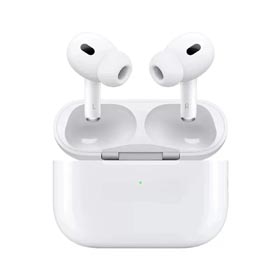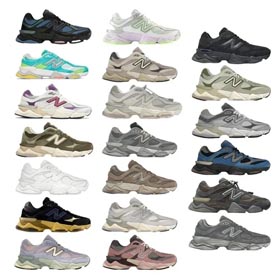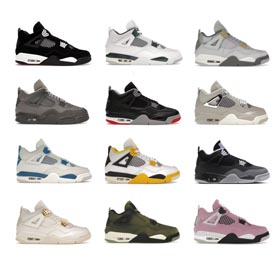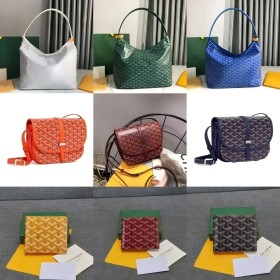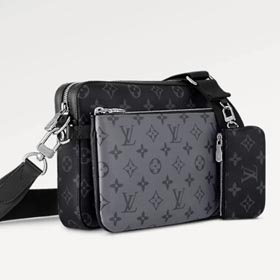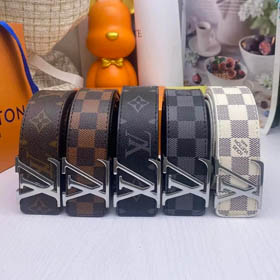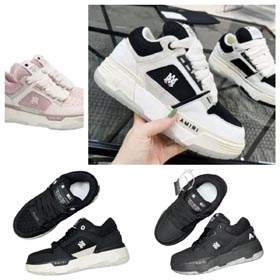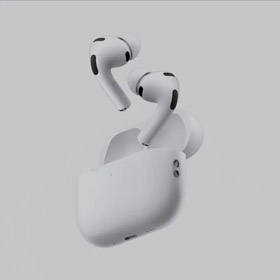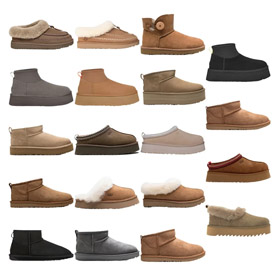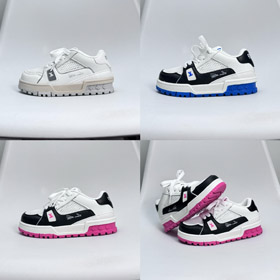The Timeless Heritage of Burberry: A Journey Through British Luxury
Founded in 1856 by Thomas Burberry, Burberry has become synonymous with classic British elegance, innovation, and enduring craftsmanship. Over its 168-year history, the brand has evolved from a small outdoor attire shop in Basingstoke to a globally recognized luxury house, celebrated for its iconic trench coats, distinctive check patterns, and pioneering designs that blend practicality with high fashion.
A Legacy of Innovation
Burberry's breakthrough came in 1879 with the invention of gabardine, a durable yet breathable cotton fabric that was weatherproof and revolutionary for outerwear. This innovation laid the foundation for the brand's legendary trench coat, originally designed for British military officers during World War I. The coat's functional details—epaulets, D-rings, and storm shields—remain defining features today.
Expanding beyond utilitarian roots, Burberry democratized luxury in the early 20th century by introducing tailored womenswear and fragrances. The brand's iconic Nova Check
Burberry embraced digital transformation early, live-streaming its 2010 runway show and launching "see-now-buy-now" collections. Under creative director Riccardo Tisci (2018–2022), the brand refreshed its aesthetic with bold streetwear influencesTB monogram, inspired by founder Thomas Burberry's initials, surged in popularity among Gen Z consumers. Today, under CEO Jonathan Akeroyd and designer Daniel Lee, Burberry navigates post-pandemic luxury by balancing its rich legacy with contemporary edge—showcasing futuristic materials, sustainable practices (pledging carbon neutrality by 2040), and collaborations with artists like Danky Setiawan for limited-edition scarves. The brand weathered setbacks, including 2018's burning of unsold stockBreakfast at Tiffany's
Explore Burberry's curated selection of modern classics, including reinvented heritage products, in this comprehensive product guide.Modern Reinvention
Cultural Impact & Controversies
"The key to Burberry's resilience lies in its ability to be both timeless and forward-looking, much like Britain itself." — Vogue UK, 2022
1. Highlighted innovations (e.g., focusing on sustainability)
2. Timeline emphasis (e.g., 1920s vs. 2000s)
3. Linking context (e.g., "compare archival and modern designs in this product matrix")

